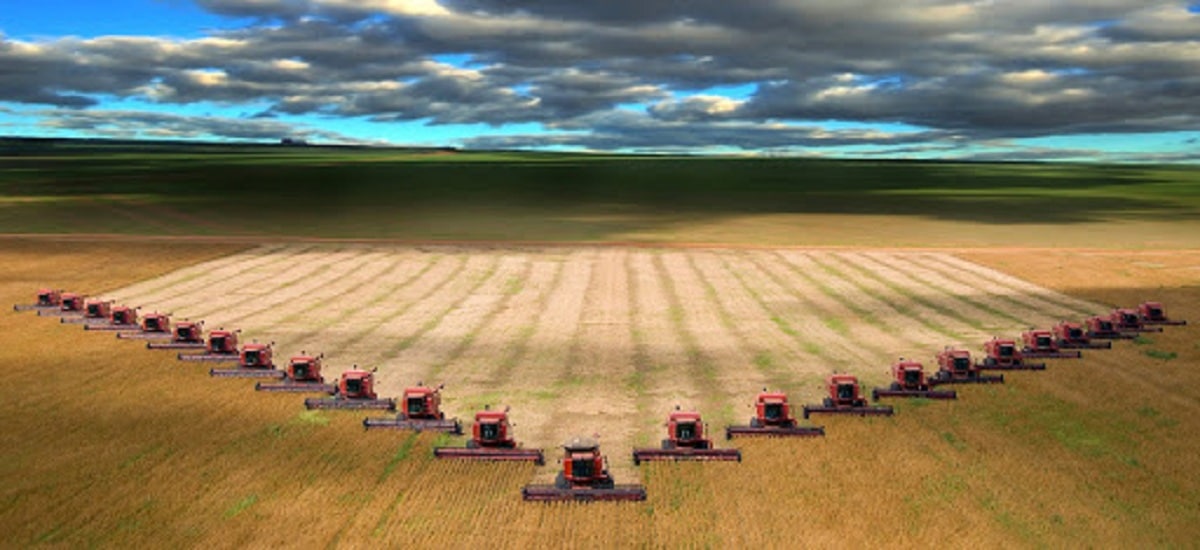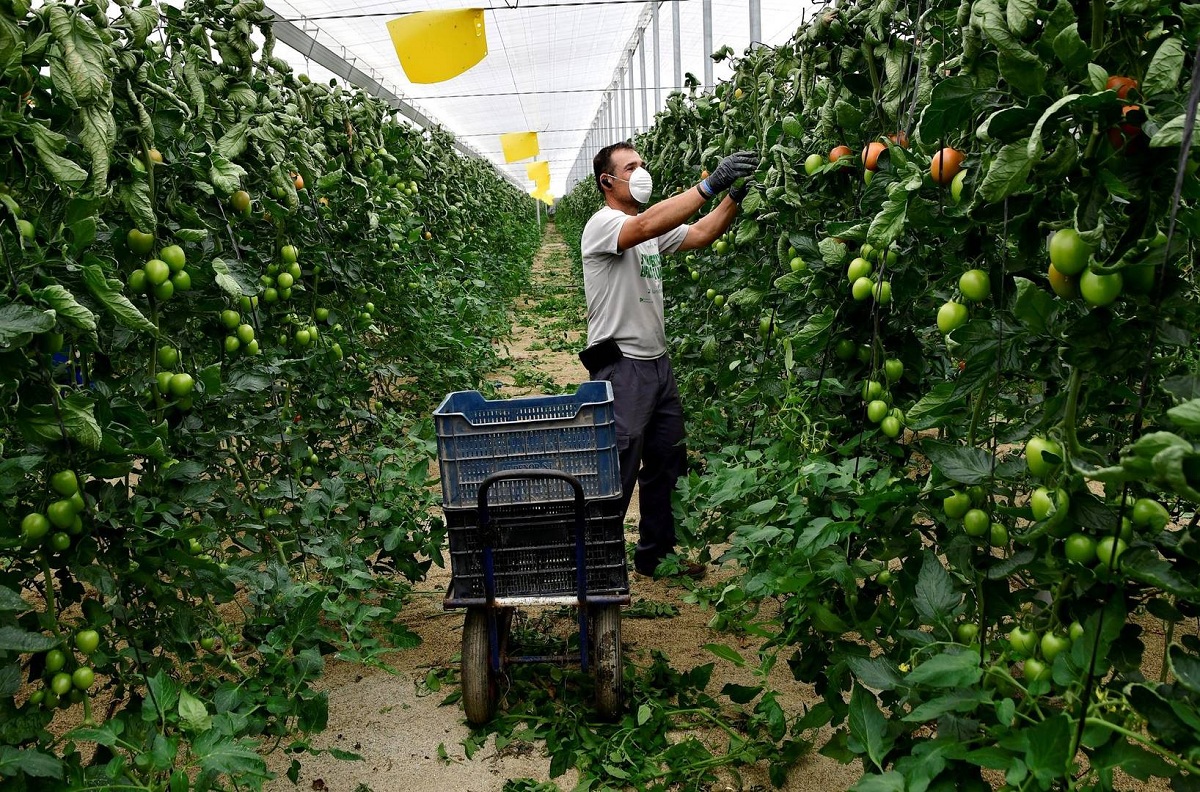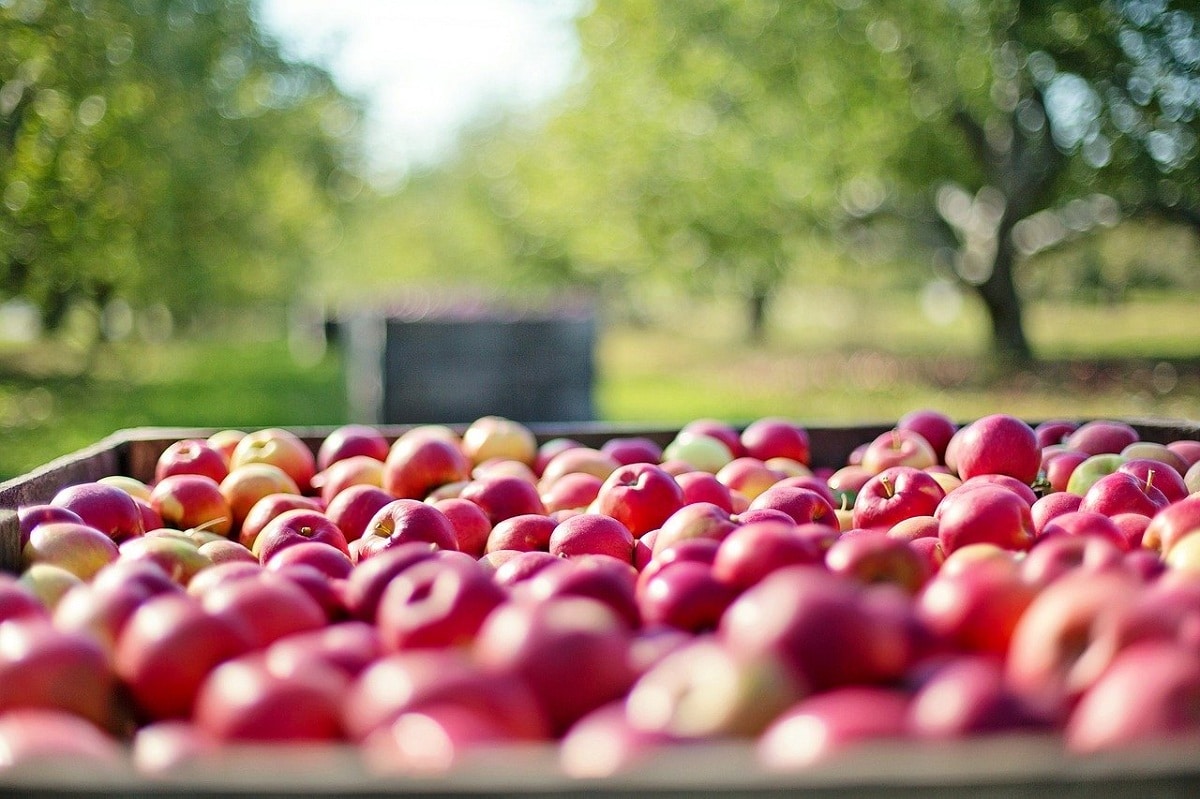
As we know, agriculture is the set of techniques and procedures that are used to cultivate the land in order to produce food. These foods have a plant origin such as fruits, vegetables, greens, cereals, among others. Carrying the land has become an art there are different types of agriculture according to their characteristics and techniques that are used. Today we are going to talk about the market agriculture. Given that this concept encompasses all economic activity that is inserted within the primary sector, it is more complex than it seems.
Therefore, we are going to dedicate this article to tell you everything you need to know about market agriculture and its main characteristics.
Different types of agriculture

Everything that agriculture encompasses includes man-made actions that tend to modify the environment of the environment that surrounds it. The main objective is to be able to transform the soil into something more suitable in order to achieve better food productivity. A proportion of agricultural products It is consumed directly and the other is supplied by the industry to obtain derived foods. For this reason, the different types of agriculture become an activity of great importance and a fundamental basis for the development and wealth of the countries.
The different types of agriculture are classified according to the following points:
- The dependence of water on the capacity of the medium.
- The magnitude of production and the relationship that exists with the market. From here arises market agriculture.
- The objectives that are had in terms of performance and use of the means of production. The more demanding the goals, the more modern technology you will need.
- The method of the objectives with which it is cultivated.
What is market agriculture

Market agriculture is one that allocates its production to international trade and seeks to increase sales by reducing production costs. We can say that they try to reach produce the maximum amount of food possible to be able to take it abroad, minimizing costs. To do this, you need to resort to mechanization. It involves the use of modern technology machinery to optimize results. It is also known by the name of crop specialization and improvement in the speeding up of commercialization.
Market agriculture aims to be able to process food by choosing the appropriate transport to reduce production costs. All this requires a high capitalization that requires large initial investments. This type of agriculture takes place in developed countries and presents some variations. These are the following:
- European commercial market agriculture
- New countries market agriculture as are Canada, Australia or the United States.
In other countries that are underdeveloped, there is no market agriculture. Here there is a type of agricultural practice that comes to be market agriculture in these countries and is called plantation agriculture. This plantation agriculture occurs mainly in underdeveloped countries such as Brazil, Southeast Asia, the Gulf of Guinea and Central America.
List of market agriculture and its modalities

The relationship that exists in market agriculture depending on international requirements is quite close. That is, depending on the demand for food and its production, there will be several subdivisions within market agriculture. Let's see what they are.
subsistence farming
It is a form of farming where food production is enough to supply food to the whole family and to the people who have worked in it. It is a type of agriculture that derives from market agriculture that seeks meet the needs of those who work in the crops and their families. As its name indicates, it is an agriculture to subsist on these foods.
Its main focus is survival and self-consumption. In this way, they do not depend on external agents that import raw materials. It is seldom the case that the productive surpluses are used for sale, but instead are used for storage for later use. The way to carry out this type of agriculture is more rudimentary. One of the main advantages of this type of agriculture is that farmers can grow their own food to support their family without the need for anyone.
The extent to which subsistence farming took place varies from country to country within the margin of transition economies. The highlight is that this variety of market agriculture has a global presence.
Industrial agriculture or market agriculture
Market agriculture itself is also called industrial agriculture. And it is that its main focus is the mass production of products that are developed to satisfy the need of human beings. This type of agriculture has a high level of technification, so it requires innovation and capital investment as the use of different resources. This type of agriculture requires fully industrialized agricultural production. This is where advanced and modern techniques of farming, livestock, birds and even fish are used. This type of agriculture is increasingly widespread throughout the world. It is becoming widespread in industrialized and developing countries.
The main practice is to guide agricultural and livestock operations to reproduce a certain product that gives rise to a monoculture. This is how more and more profits are obtained by reducing costs to a minimum.
Here you can see various types of agriculture depending on the terrain and the capital capacity of the investors. Intensive agriculture and extensive agriculture. As in the classic way, we have intensive agriculture, the land is used to produce to the maximum in a short time with the use of fertilizers, herbicides and insecticides. On the other hand, extensive agriculture makes better use of the biological cycles of crops and tackles demands.
I hope that with this information you can learn more about market agriculture and its characteristics.